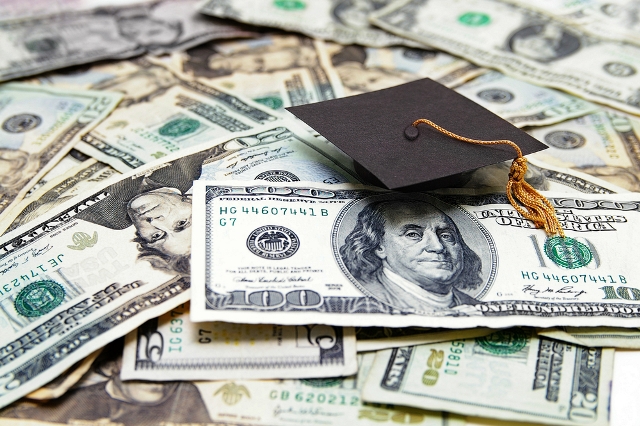 Most people don’t think of foreign students as an economic resource, yet that is precisely what they are. Each year, students from other countries spend billions of dollars in the U.S. economy, pumping money not only into the colleges and universities they attend, but the surrounding businesses as well. In addition, many foreign students go on to become highly innovative scientists, engineers, and entrepreneurs who add value to the U.S. economy in myriad ways that are often difficult to quantify. Given the economic value of the education they receive in U.S. universities, it is unfortunate that so many foreign students are forced by our nonsensical immigration policies to return to their home countries rather than putting their knowledge to use in this country.
Most people don’t think of foreign students as an economic resource, yet that is precisely what they are. Each year, students from other countries spend billions of dollars in the U.S. economy, pumping money not only into the colleges and universities they attend, but the surrounding businesses as well. In addition, many foreign students go on to become highly innovative scientists, engineers, and entrepreneurs who add value to the U.S. economy in myriad ways that are often difficult to quantify. Given the economic value of the education they receive in U.S. universities, it is unfortunate that so many foreign students are forced by our nonsensical immigration policies to return to their home countries rather than putting their knowledge to use in this country.
According to a new report from NAFSA: Association of International Educators, “international students and their dependents contributed approximately $21.81 billion to the U.S. economy during the 2011-2012 academic year.” More precisely, the monetary contributions of foreign students and their families consisted of $15.8 billion in students’ tuition and fees, $14 billion in students’ living expenses, and $397 million in living expenses for their dependents. Subtracted out of the total was U.S.-based financial support of $8.4 billion. Spending by students and their dependents totaled $3.2 billion in California, $2.6 billion in New York, $1.5 billion in Massachusetts, $1.4 billion in Texas, $1.1 billion in Pennsylvania, and $1 billion in Illinois. In the modest words of the NAFSA report: “By any measure, international education makes a significant contribution to the U.S. economy.”
However, as the report notes, the “$21.81 billion” figure is a conservative estimate that does not include the “multiplier effect” which spending by foreign students has on the U.S. economy. That is, some of the money spent by foreign students becomes someone else’s income, some of which is also spent, becoming a portion of someone else’s income, etc. Just as importantly, the NAFSA estimate doesn’t capture the contributions which many foreign students go on to make as part of the high-skilled U.S. workforce and the U.S. business community. For instance, the National Science Board estimates that, in 2009, immigrants accounted for 41.6% of all science-and-engineering workers in the United States who had a doctorate and 33.4 percent those with a master’s degree. According to a report from the Brooking Institution, “among people with advanced degrees, immigrants are three times more likely to file patents than U.S.-born citizens.” And a report from the Kauffman Foundation found that “immigrants were more than twice as likely to start businesses each month than were the native-born in 2010.”
In short, $21.81 billion in spending is just the tip of the iceberg when it comes to measuring the economic contributions of foreign students. Given this fact, it is mind-boggling that so many foreign students are forced to return home after completing their studies in U.S. universities. In many cases, the United States is training workers for its own economic competitors. This does not make good business sense. A more enlightened immigration policy would encourage foreign students to stay in the United States and put their knowledge to use strengthening the U.S. economy. Perhaps lawmakers can put this on their “to do” list as they contemplate immigration reform over the coming year.
FILED UNDER: Economics, Education, Entrepreneurship, High Skilled Immigrants, NAFSA, STEM, Students, Visas


